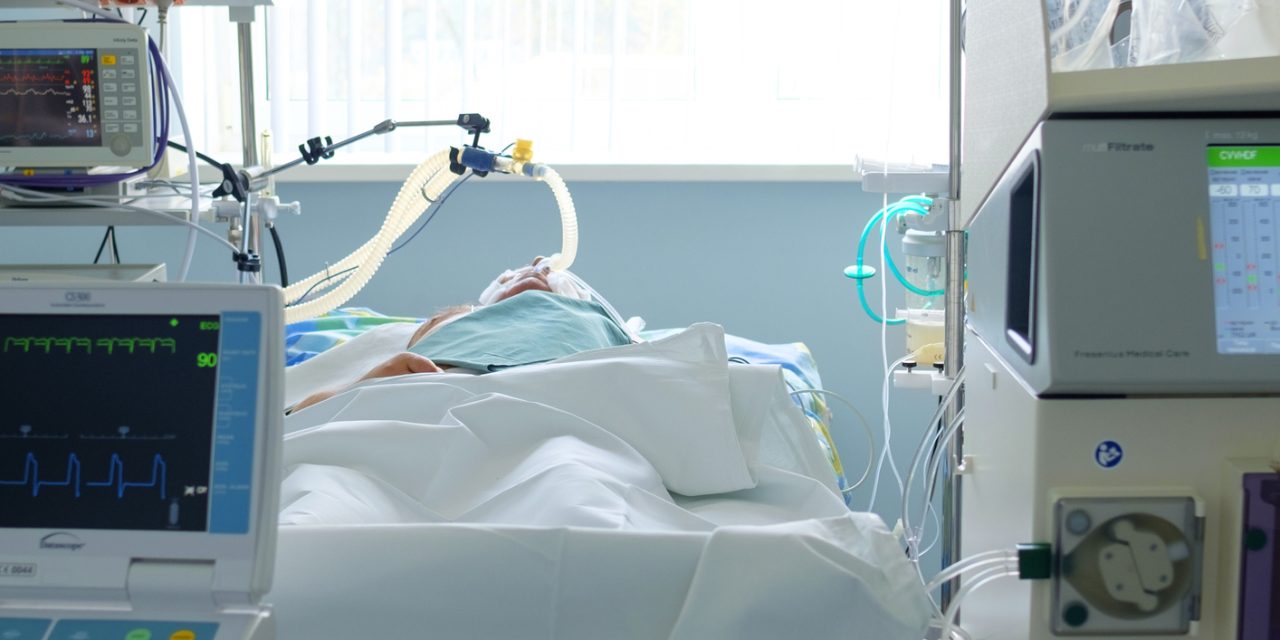Early heart attack awareness programs are thought to increase efficacy of chest pain units (CPU) by providing live-saving information to the community. We hypothesized that self-referral might be a feasible alternative to activation of emergency medical services (EMS) in selected chest pain patients with a specific low-risk profile.
In this observational registry-based study, data from 4743 CPU patients were analyzed for differences between those with or without severe or fatal prehospital or in-unit events (out-of-hospital cardiac arrest and/or in-unit death, resuscitation or ventricular tachycardia). In order to identify a low-risk subset in which early self-referral might be recommended to reduce prehospital critical time intervals, the Global Registry of Acute Coronary Events (GRACE) score for in-hospital mortality and a specific low-risk CPU score developed from the data by multivariate regression analysis were applied and corresponding event rates were calculated. Male gender, cardiac symptoms other than chest pain, first onset of symptoms and a history of myocardial infarction, heart failure or cardioverter defibrillator implantation increased propensity for critical events. Event rates within the low-risk subsets varied from 0.5-2.8%. Those patients with preinfarction angina experienced fewer events.
When educating patients and the general population about angina pectoris symptoms and early admission, activation of EMS remains recommended. Even in patients without any CPU-specific risk factor, self-referral bears the risk of severe or fatal pre- or in-unit events of 0.6%. However, admission should not be delayed, and self-referral might be feasible in patients with previous symptoms of preinfarction angina.
© 2021. The Author(s).
Unexpected high level of severe events even in low-risk profile chest pain unit patients.


